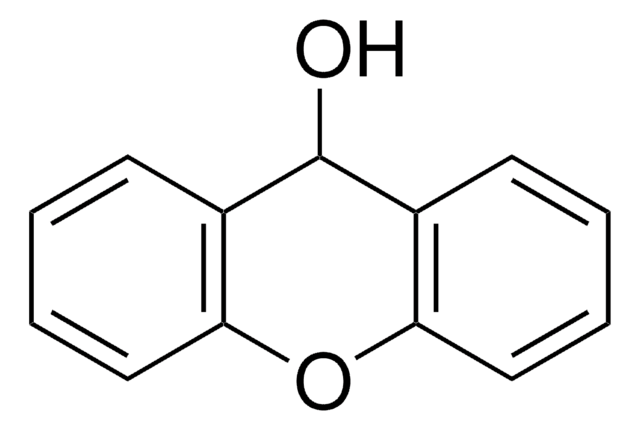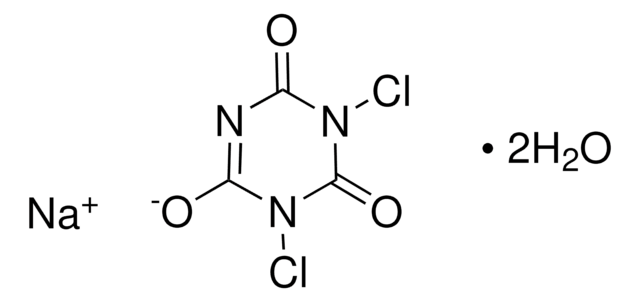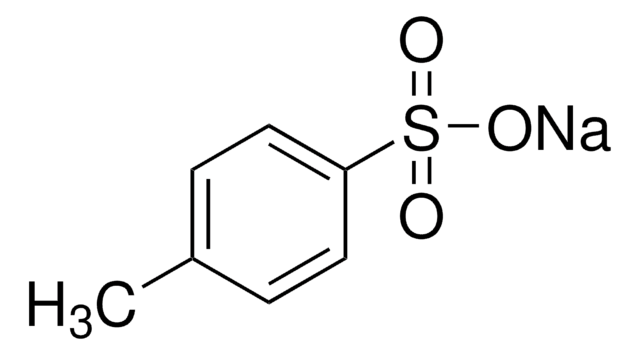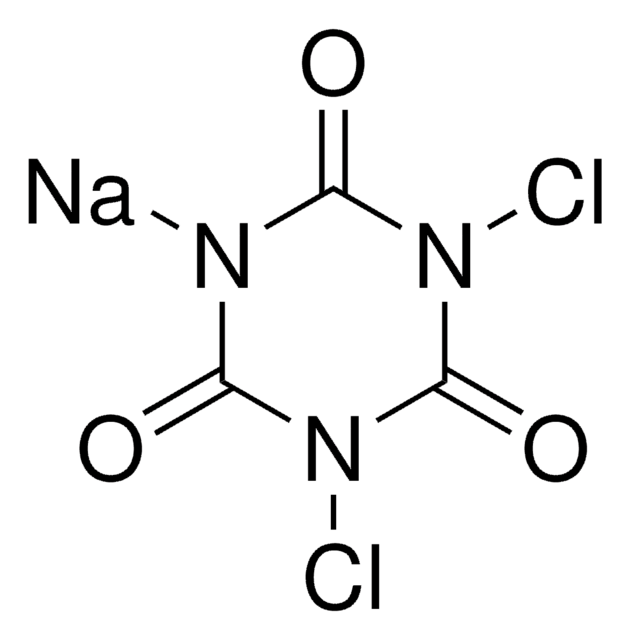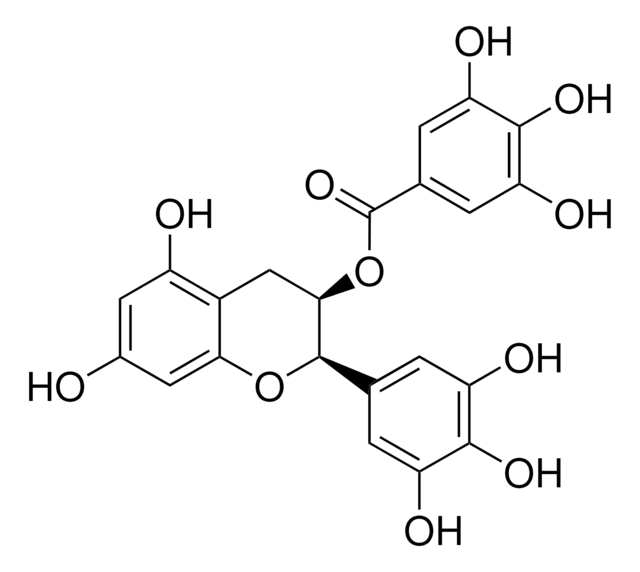95582
Xanthydrol solution
~10% in methanol, for the detection of urea
About This Item
Recommended Products
form
liquid
Quality Level
quality
for the detection of urea
concentration
~10% in methanol
density
0.83 g/mL at 20 °C
storage temp.
2-8°C
SMILES string
OC1c2ccccc2Oc3ccccc13
InChI
1S/C13H10O2/c14-13-9-5-1-3-7-11(9)15-12-8-4-2-6-10(12)13/h1-8,13-14H
InChI key
JFRMYMMIJXLMBB-UHFFFAOYSA-N
Looking for similar products? Visit Product Comparison Guide
Signal Word
Danger
Hazard Statements
Precautionary Statements
Hazard Classifications
Acute Tox. 3 Dermal - Acute Tox. 3 Inhalation - Acute Tox. 3 Oral - Flam. Liq. 2 - STOT SE 1
Target Organs
Eyes,Central nervous system
Storage Class Code
3 - Flammable liquids
WGK
WGK 3
Flash Point(F)
51.8 °F - closed cup
Flash Point(C)
11 °C - closed cup
Personal Protective Equipment
Choose from one of the most recent versions:
Certificates of Analysis (COA)
Don't see the Right Version?
If you require a particular version, you can look up a specific certificate by the Lot or Batch number.
Already Own This Product?
Find documentation for the products that you have recently purchased in the Document Library.
Our team of scientists has experience in all areas of research including Life Science, Material Science, Chemical Synthesis, Chromatography, Analytical and many others.
Contact Technical Service